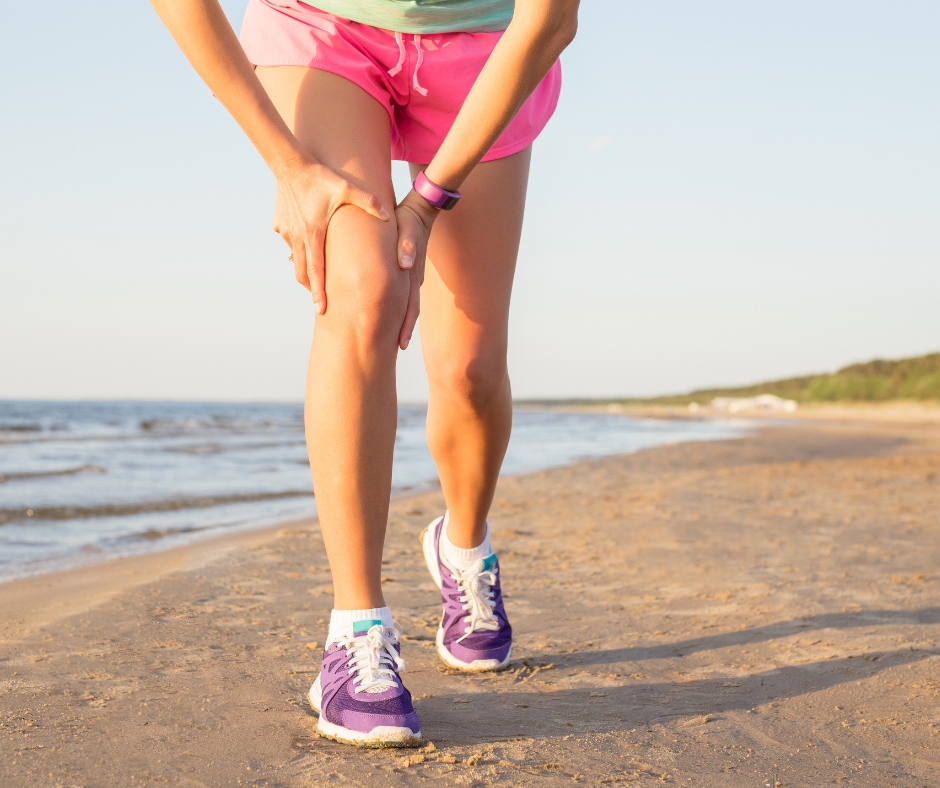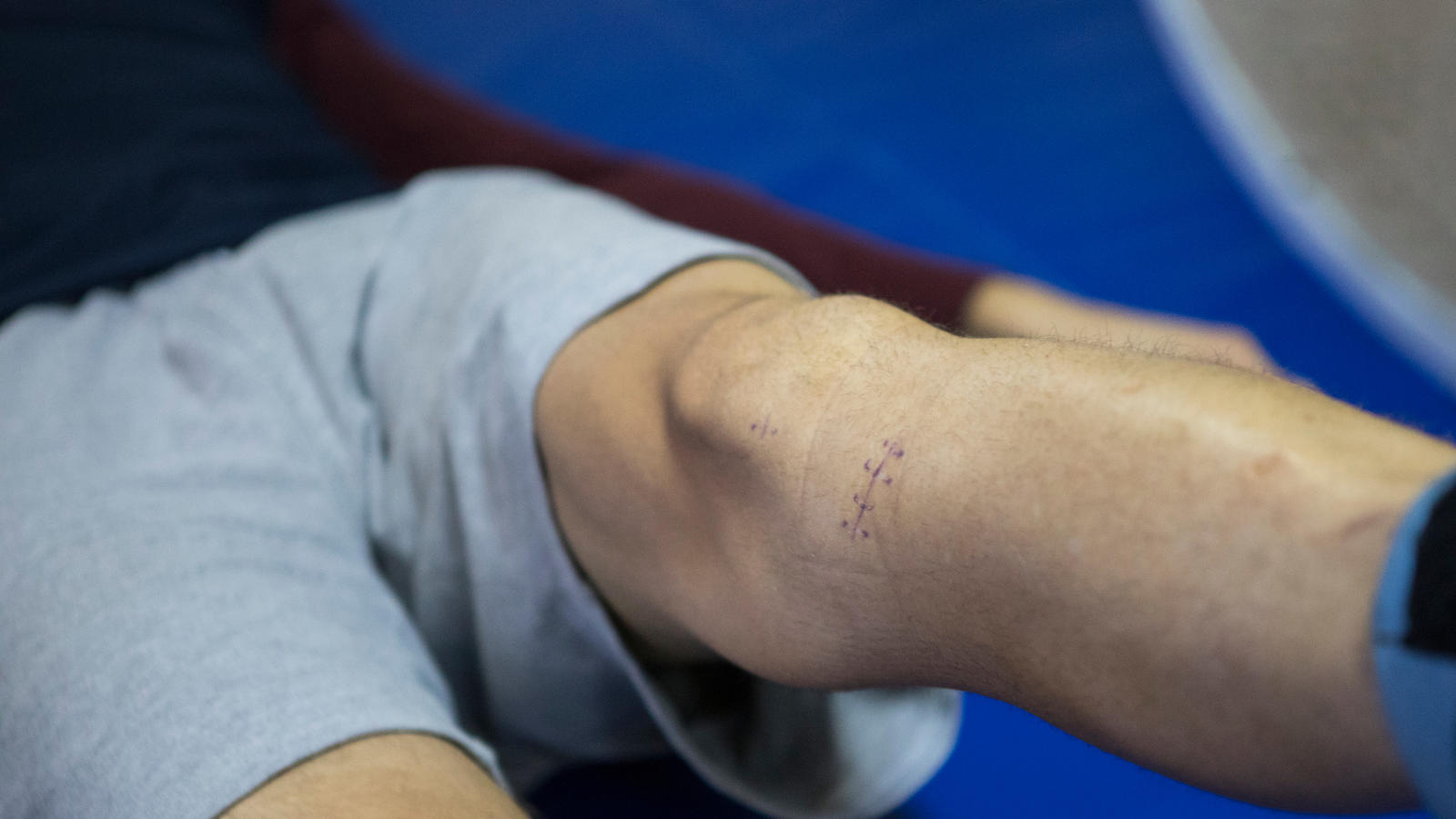Knee and ACL Injuries
POSTED: 14 Apr, 2024
Knee and ACL Injuries
Knee injuries, including anterior cruciate ligament (ACL) tears, are prevalent in the athletic community, necessitating a proactive approach to prevention.

Treatment
Here’s a breakdown of the components typically included in such prevention programs
Muscle Strength
Emphasis on proper form and technique to ensure effective muscle activation and reduce the risk of compensatory movements that may predispose individuals to injury.
Balance and Proprioception
Proprioceptive exercises focusing on joint position sense and body awareness to enhance stability and reduce the likelihood of injury during dynamic activities.
Running Mechanics
Technique drills and cues aimed at optimizing running mechanics, such as foot strike pattern, stride length, and trunk position, to minimize excessive stress on the knee joint and surrounding structures. Video analysis and feedback sessions to identify and correct any biomechanical abnormalities that may predispose athletes to injury.
Flexibility
Emphasis on dynamic stretching exercises that mimic movements performed during sports activities to promote functional flexibility and reduce the risk of muscle strains or tears.
Conclusion
Reference
Mehl J, Diermeier T, Herbst E, Imhoff AB, Stoffels T, Zantop T, Petersen W, Achtnich A. Evidence-based concepts for prevention of knee and ACL injuries. 2017 guidelines of the ligament committee of the German Knee Society (DKG). Arch Orthop Trauma Surg. 2018 Jan;138(1):51-61. doi: 10.1007/s00402-017-2809-5. Epub 2017 Oct 5. PMID: 28983841.
Recent News
-
Pelvic Girdle Pain in Pregnancy
🌸 Embrace Every Step of Your Pregnancy Journey with Comfort and Confidence! 🌸 Pregnancy is a miraculous chapter in a woman's life, marked by th...
-
Management strategies for Acute Low back pain
Acute Low back pain Back pain is a widespread and often frustrating experience that can impact people across various lifestyles. Understanding the tr...
-
Joint Pain in Tradespersons
The Joint Pain in Tradespersons According to the research completed by APA ( Australian Physiotherapy Association), 69% of tradies believe that bein...
